In India, the Constitution empowers citizens to directly approach High Courts or the Supreme Court when their fundamental or legal rights are violated. One of the most powerful legal remedies available is the Writ Petition.
Many people often wonder about the meaning of a writ petition and what happens after they file it. This guide will break down the concept, process, and post-filing stages so you can understand it from start to finish.
What is a Writ Petition?
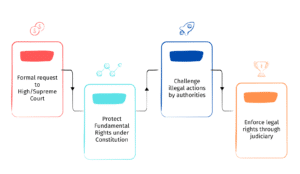
A person files a Writ Petition as a formal written request to the High Court (under Article 226) or the Supreme Court (under Article 32) to seek legal protection or enforce their rights.
Purpose:
To protect Fundamental Rights guaranteed under Part III of the Constitution.
To challenge illegal actions or inaction by public authorities.
Types of Writs in India
Knowing the types of writs helps you understand when to file them:
Habeas Corpus – “Produce the body” – For unlawful detention.
Mandamus – To direct a public authority to perform its duty.
Prohibition – To prevent a lower court from exceeding jurisdiction.
Certiorari – To quash orders of lower courts or tribunals.
Quo Warranto – To question a person’s legal right to hold a public office.
When Can You File a Writ Petition?
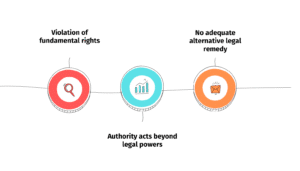
You can approach the court when:
A fundamental right is violated.
A government authority acts beyond its powers.
There is no adequate alternative legal remedy.
Filing a Writ Petition – Step-by-Step
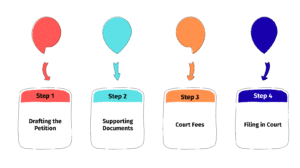
1. Drafting the Petition – Prepared by a lawyer, mentioning facts, rights violated, and relief sought.
2. Supporting Documents – Evidence, affidavits, and annexures.
3. Court Fees – Payment as per court rules.
4. Filing in Court – At the High Court or Supreme Court registry.
What Happens After Filing a Writ Petition?
After you file your writ petition, the court typically follows this sequence:
1. Scrutiny by the Court Registry
The petition is checked for procedural compliance.
If there are errors, it is sent back for corrections.
2. Preliminary Hearing
The court examines whether the case is maintainable.
If satisfied, it admits the petition.
3. Notice to Respondents
The court issues a notice to the opposing party (usually a government authority) to respond.
4. Filing of Counter-Affidavit
The respondent submits a written reply with their side of the story.
5. Rejoinder by the Petitioner
The petitioner may reply to the respondent’s affidavit.
6. Final Hearing
Both parties present oral arguments.
The court evaluates facts, legal provisions, and precedents.
7. Judgment & Relief
The court either allows (grants relief) or dismisses the petition.
Relief could include release from detention, cancellation of an illegal order, or directions to a public authority.
Timeframe & Outcome
The timeline varies, some writ petitions are resolved in days (especially habeas corpus), while others take months.
Interim orders may be passed to prevent irreparable harm before the final judgment.
Common Mistakes to Avoid
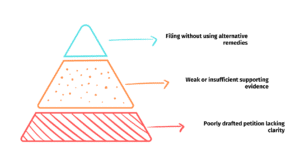
❌ Filing without exhausting alternative remedies.
❌ Weak or missing evidence.
❌ Poorly drafted petitions without clear relief sought.
Conclusion
A writ petition is one of the strongest legal tools to safeguard your rights in India. Understanding what the process involves after you file ensures you’re prepared for the legal journey ahead.
If your rights are under threat, seek guidance from an experienced lawyer to file the right writ at the right time.
🚀 Ace Your Legal Knowledge with Edzorb Law
Whether you’re a judiciary aspirant or a legal professional, mastering concepts like writ petitions is essential.
With Edzorb Law, you get:
📚 Visual Learning Notes for faster recall
🎯 Powered Judiciary Prep Tools
📝 Mock Tests & Flashcards to test your knowledge
📈 Exam-Specific Strategies from experts
💡 Stay ahead in your legal career, Learn smarter, not harder with Edzorb Law.


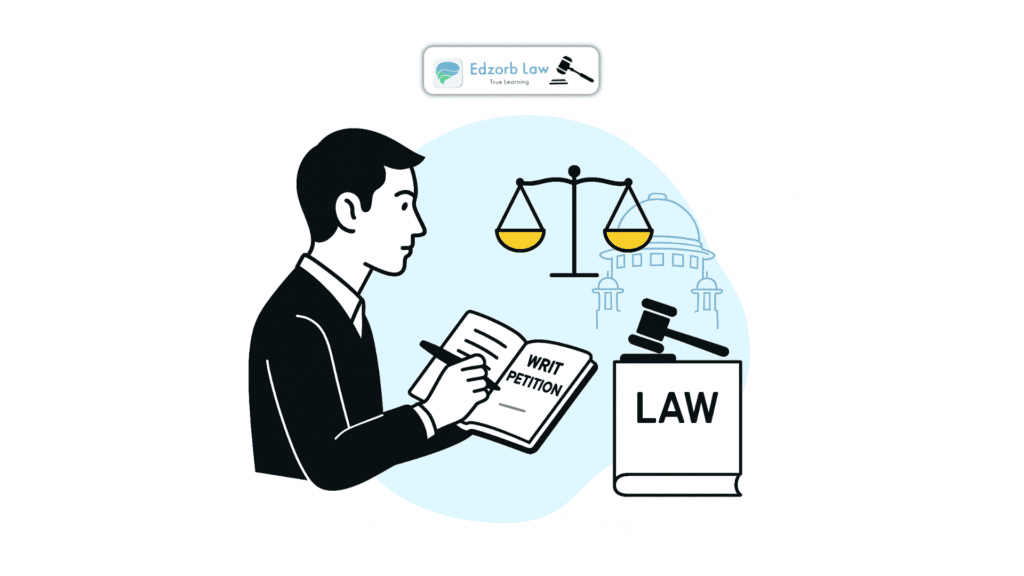

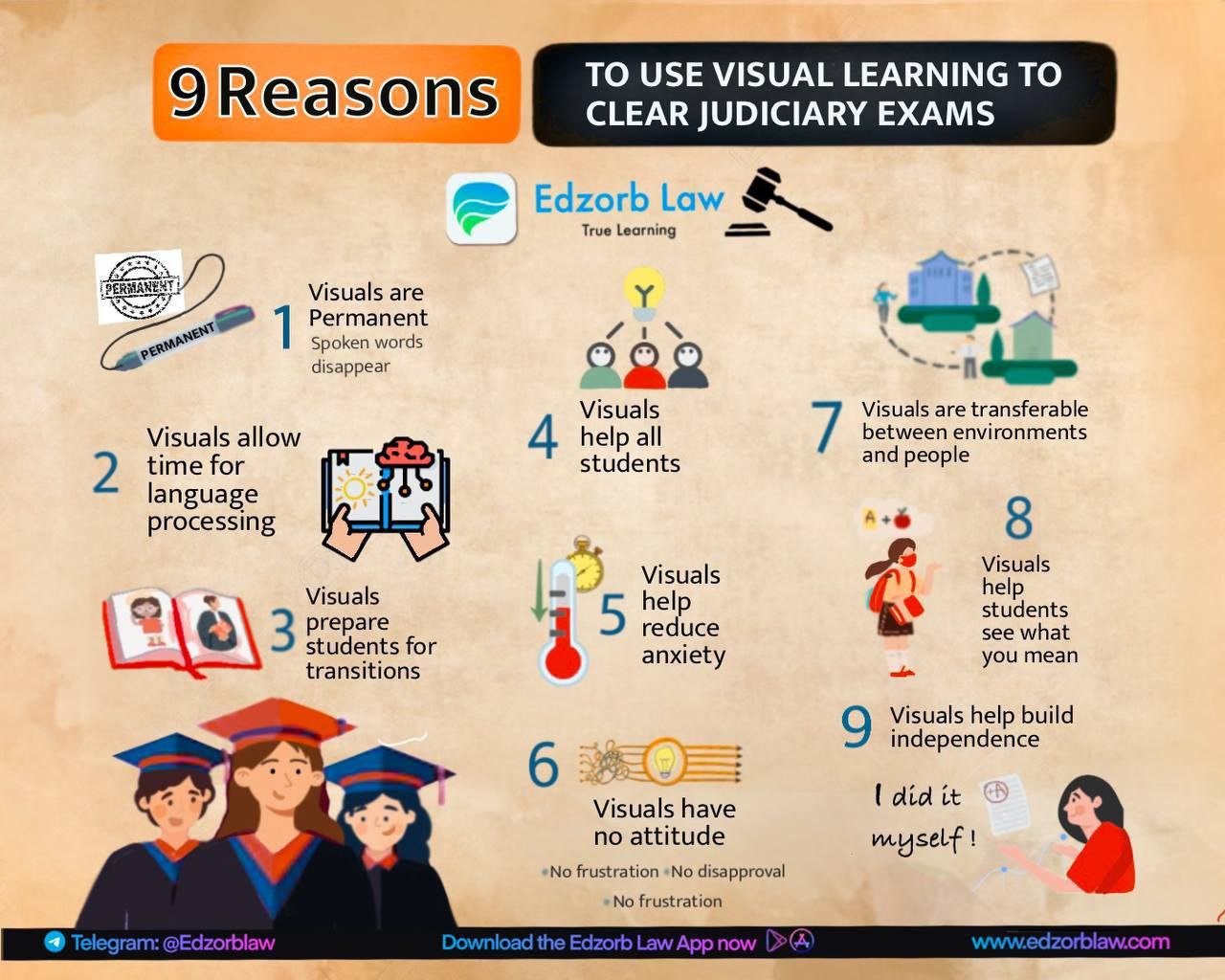
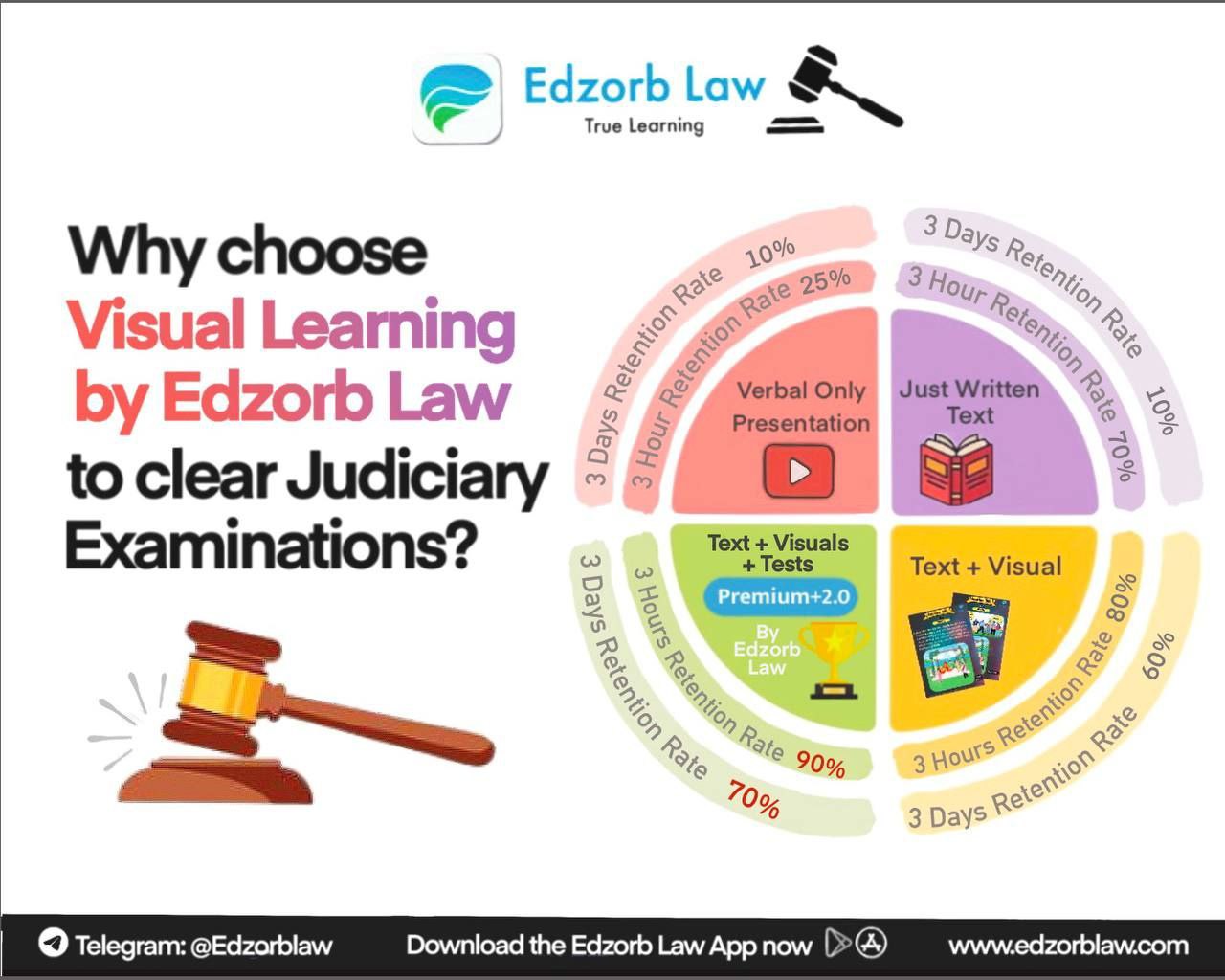

 Features
Features






